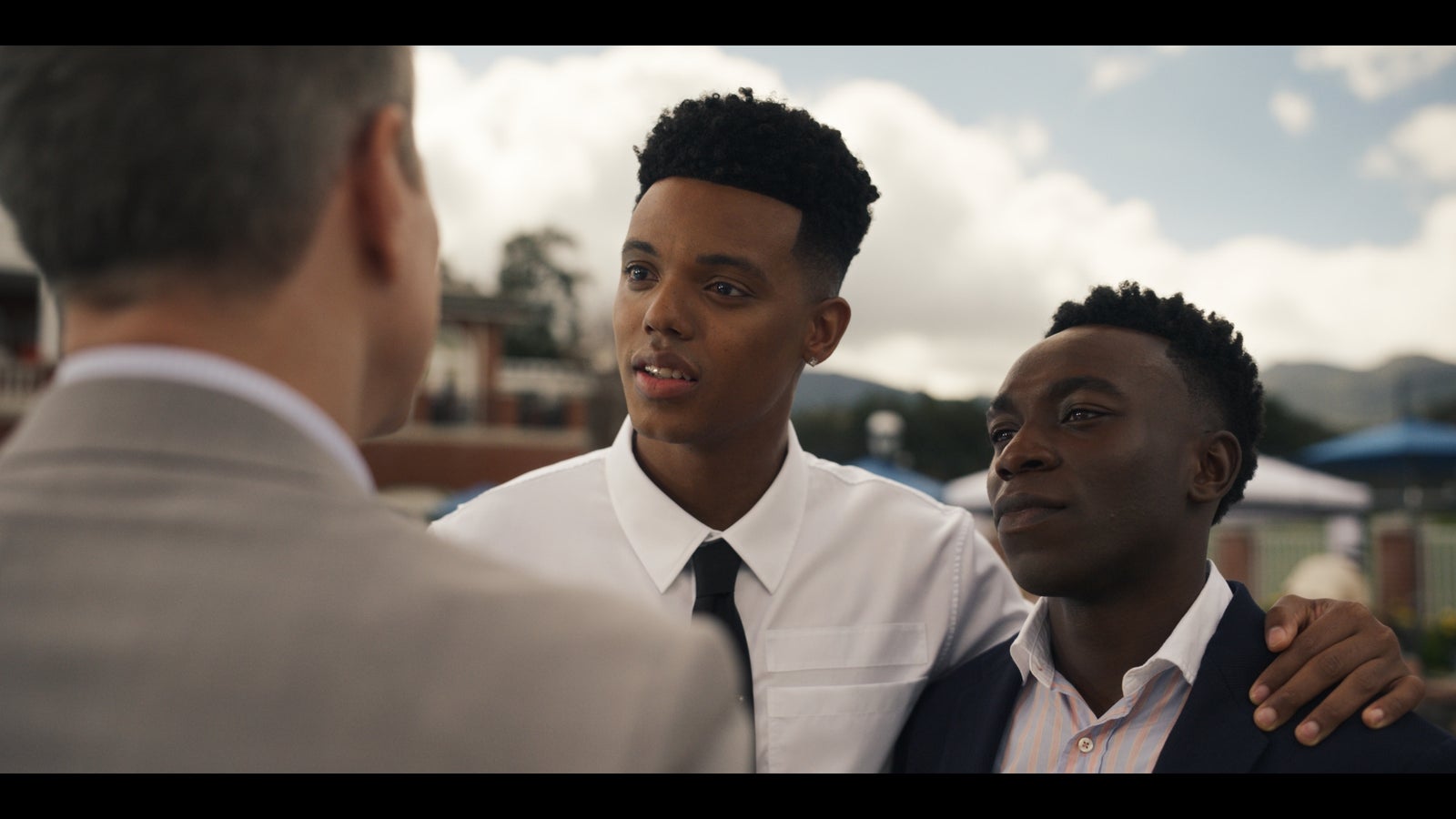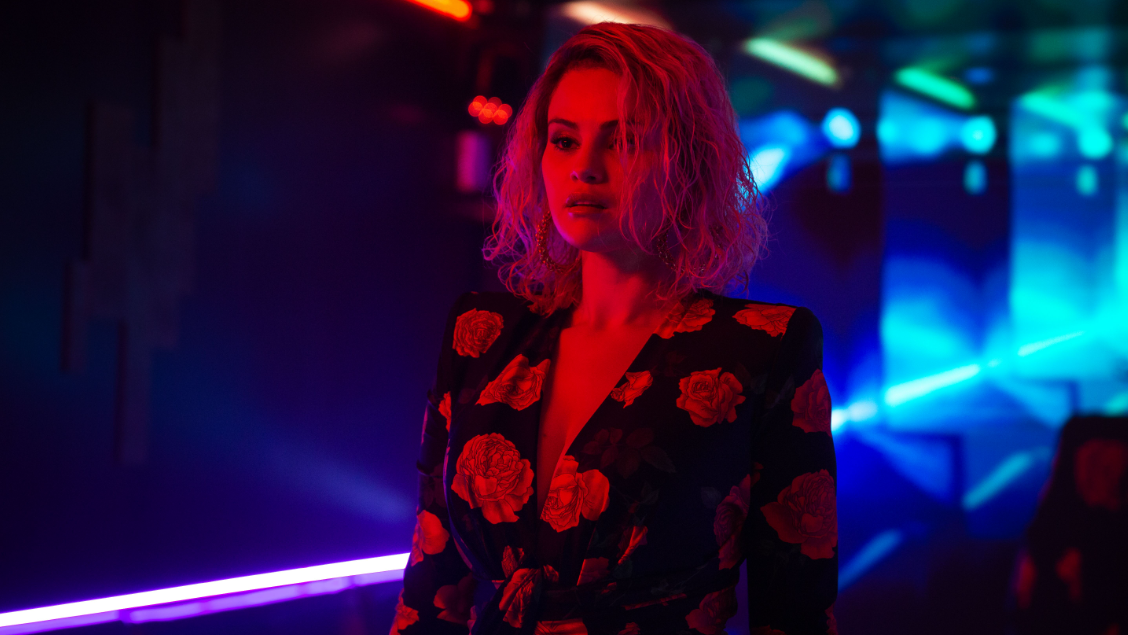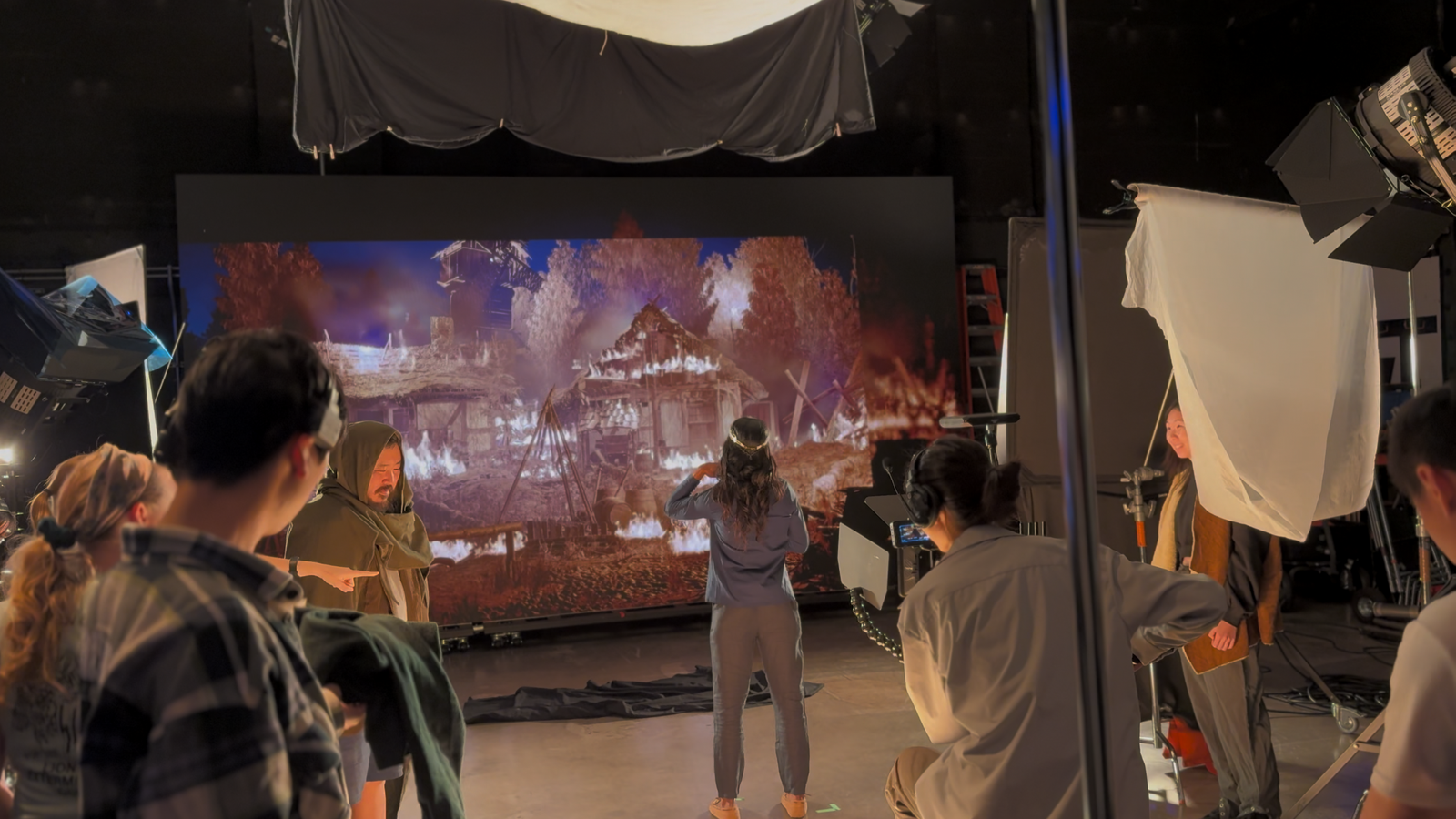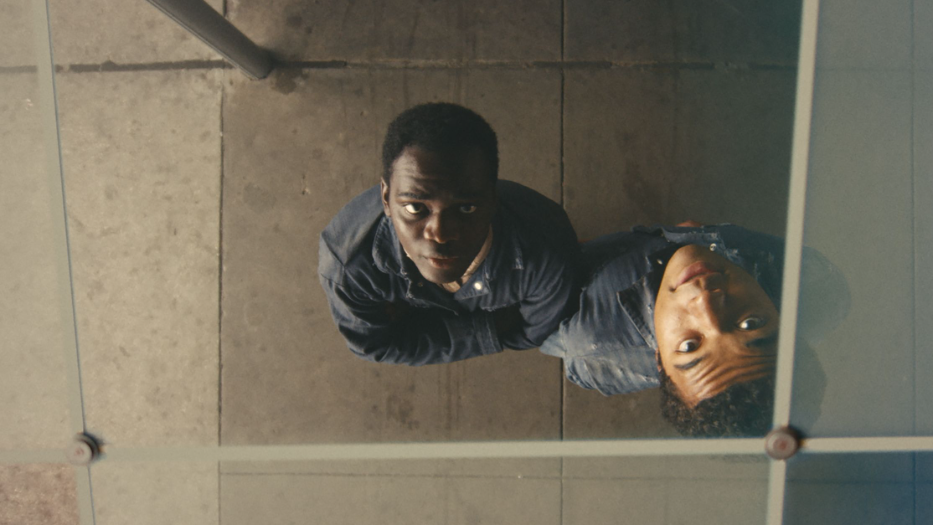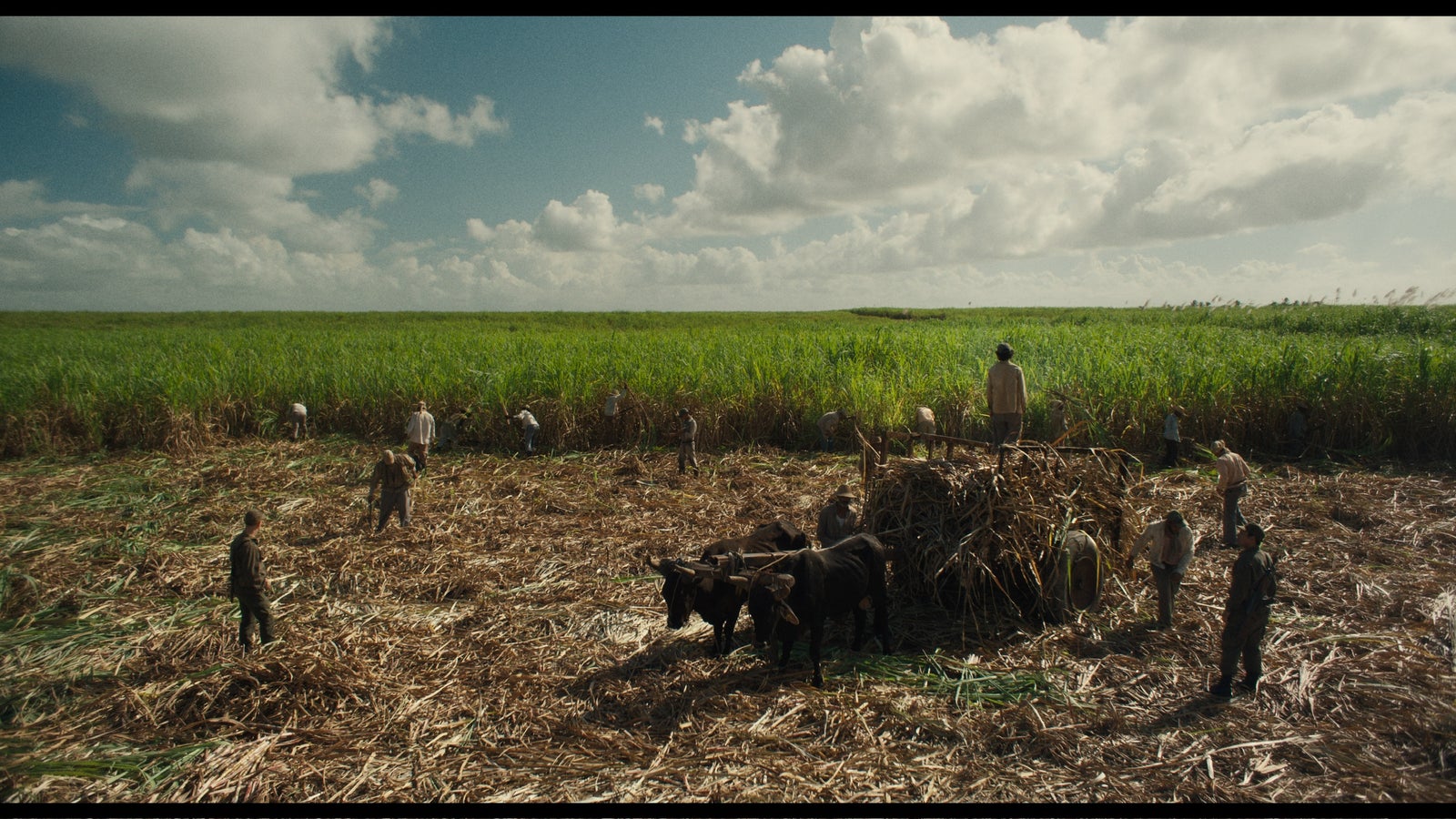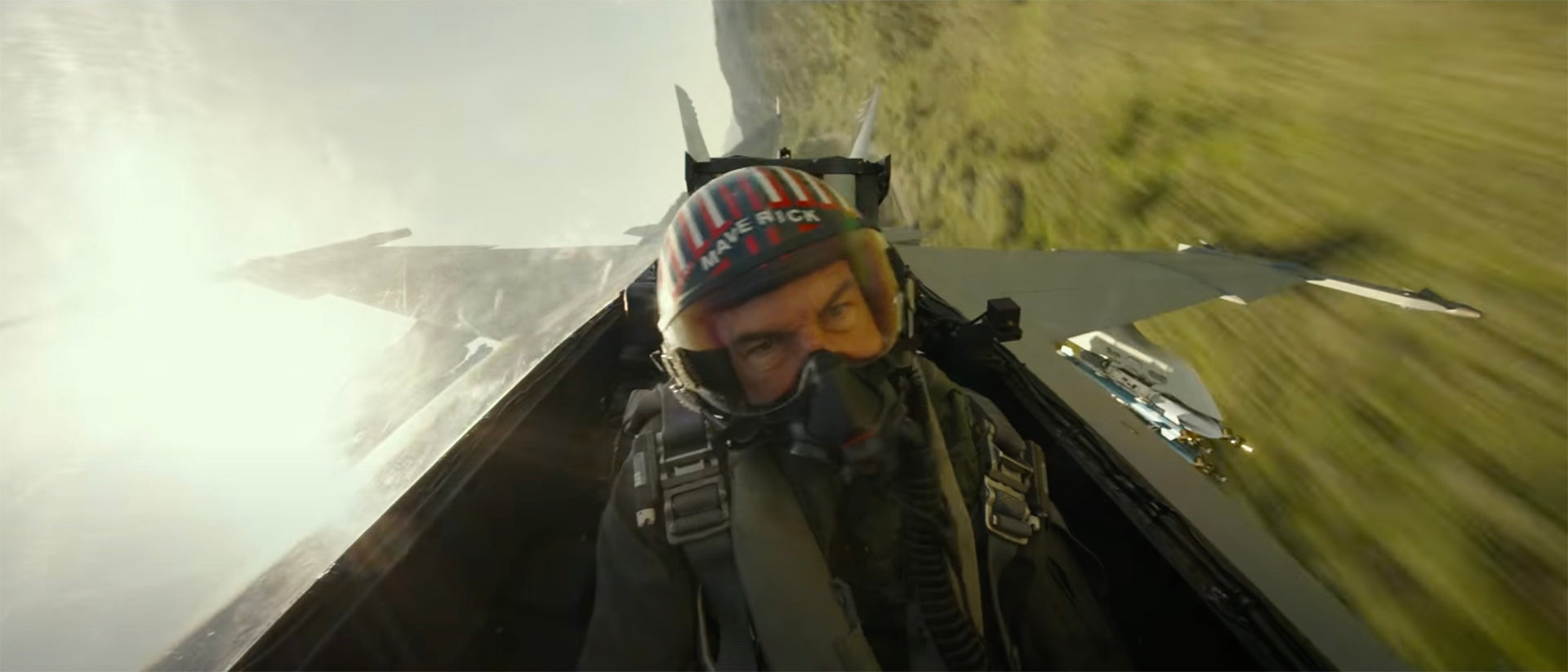
04-18-2022 - Case Study, Gear, Technology, News
Shot on VENICE: Top Gun: Maverick – New Trailer Drops - Most Intense Film Training Ever – A Pilot and Filmmaker’s Perspective
By: Jeff Berlin
This new trailer punctuates some of the specific training actors went through to film the live-action aerial sequences practical in fighter jets. These aerial sequences were shot by Aerial Coordinator and Lead Camera Pilot Kevin La Rosa II flying the Cinejet L-39 Albatross jet trainer camera platform with a Shotover F1 gimbal.
Why fly the aerial sequences practical? Because it’s impossible to simulate on the ground what fighter pilots actually experience in the air while flying maneuvers, and it’s impossible to simulate G forces and their pull as they affect the face. Flying an airplane like the subject aircraft in the film, the F/A 18 Super Hornet, is brutal and exhausting. This author, also an experienced pilot, has yet to fly the F/A 18, but I have flown the F-16 Falcon jet fighter, operated by the U.S. Air Force and allies around the world. Since so few get the opportunity to fly these airplanes, I wanted to take a minute to discuss what it is actually like to pull eight or more Gs (units of gravity, 1G is what you are experiencing as you sit reading this) in these airplanes while wearing a G-suit, the garment fighter pilots wear to help keep blood from pooling in their abdomen and legs when pulling Gs.
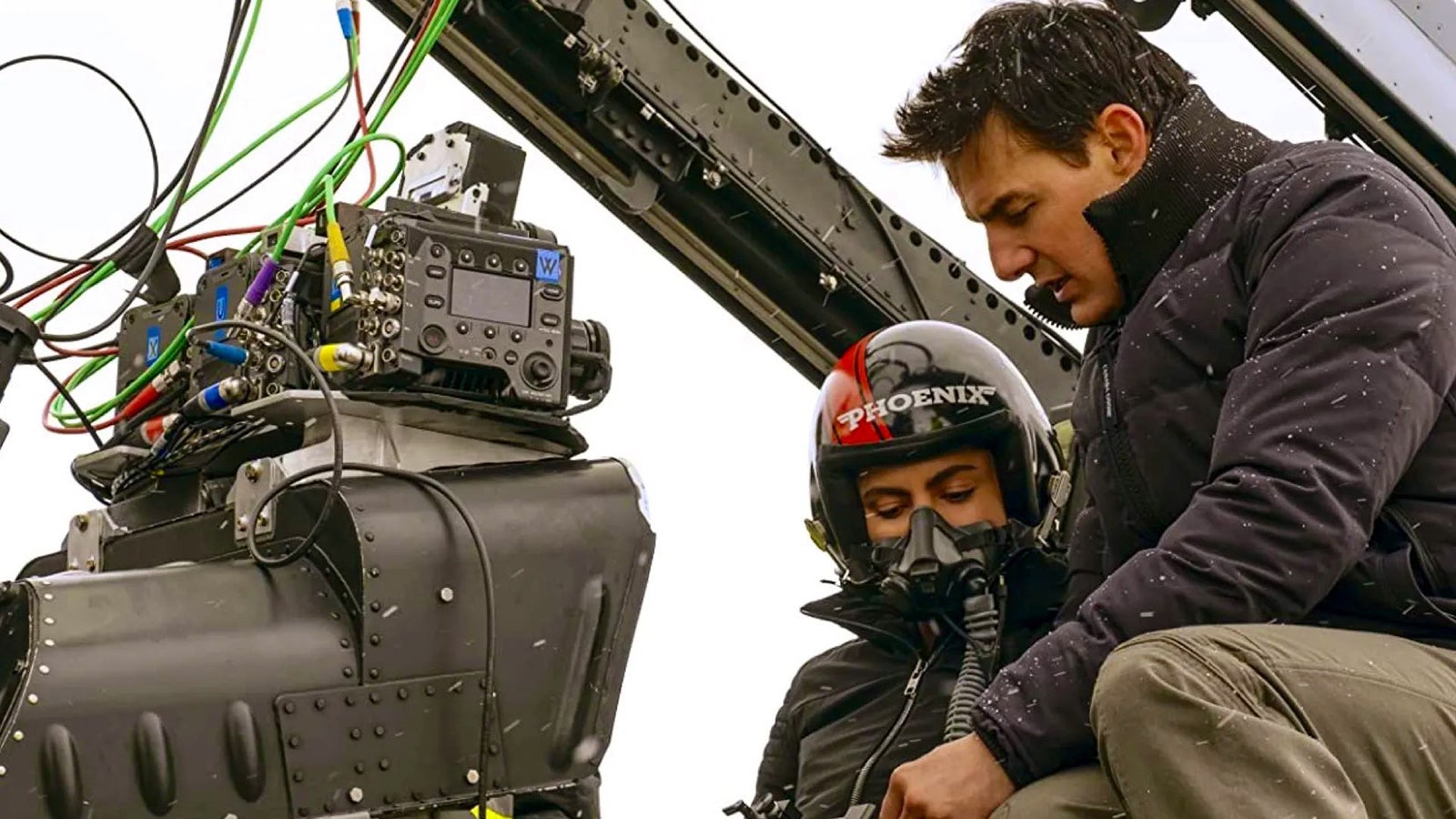
VENICE installation in one of the F/A 18 fighters. Note lack of R7 raw recorder. Photo: 2019 Paramount Pictures Corporation
The F-16 I flew is an airplane, from a pilot’s perspective, with performance similar to the F/A 18. From first-hand experience, I can attest to the brutality, the blackout-inducing gut punch of sensations pilots experience flying these front-line fighters. The training the actors completed is no small feat, from experiencing basic aerobatics and short-duration G forces in piston aerobatic aircraft like the Extra 300, to getting acclimated to the longer-duration G forces pilots experience in jet fighters in an L-39 jet trainer, the same airplane as the camera platform used to film the aerial sequences. Riding along in the back seat of these airplanes is no walk in the park, and it’s not always fun.

View from the L-39 camera platform.
I like to equate pulling eight Gs in a fighter to getting beat into a street gang in L.A.’s South Central while wresting a boa constrictor clamping itself around your legs as a Mini Cooper is dropped on your chest. It’s exhausting and almost violent, and if you lose your orientation with the horizon outside the canopy, airsickness will come real quickly.
As a pilot and filmmaker, the idea that these actors were able to deliver lines, that they performed while under the truly extreme conditions pilots experience flying these jets, is impressive and we should not underestimate the conditions in which these scenes were filmed, and the challenges thereof.

Extra 300 aerobatic airplane used for training.
Also of note, space in these fighters is at a premium and the cockpits are not roomy. During a conversation I had with DP Claudio Miranda, ASC, I was told that since space was tight, the numerous VENICE cameras, outfitted with Voightlander, Zeiss Loxia and Sony G lenses, were recording XAVC Class 480 internally to SxS cards since the R7 raw recorders had to be detached for the cameras to fit into the airplane.
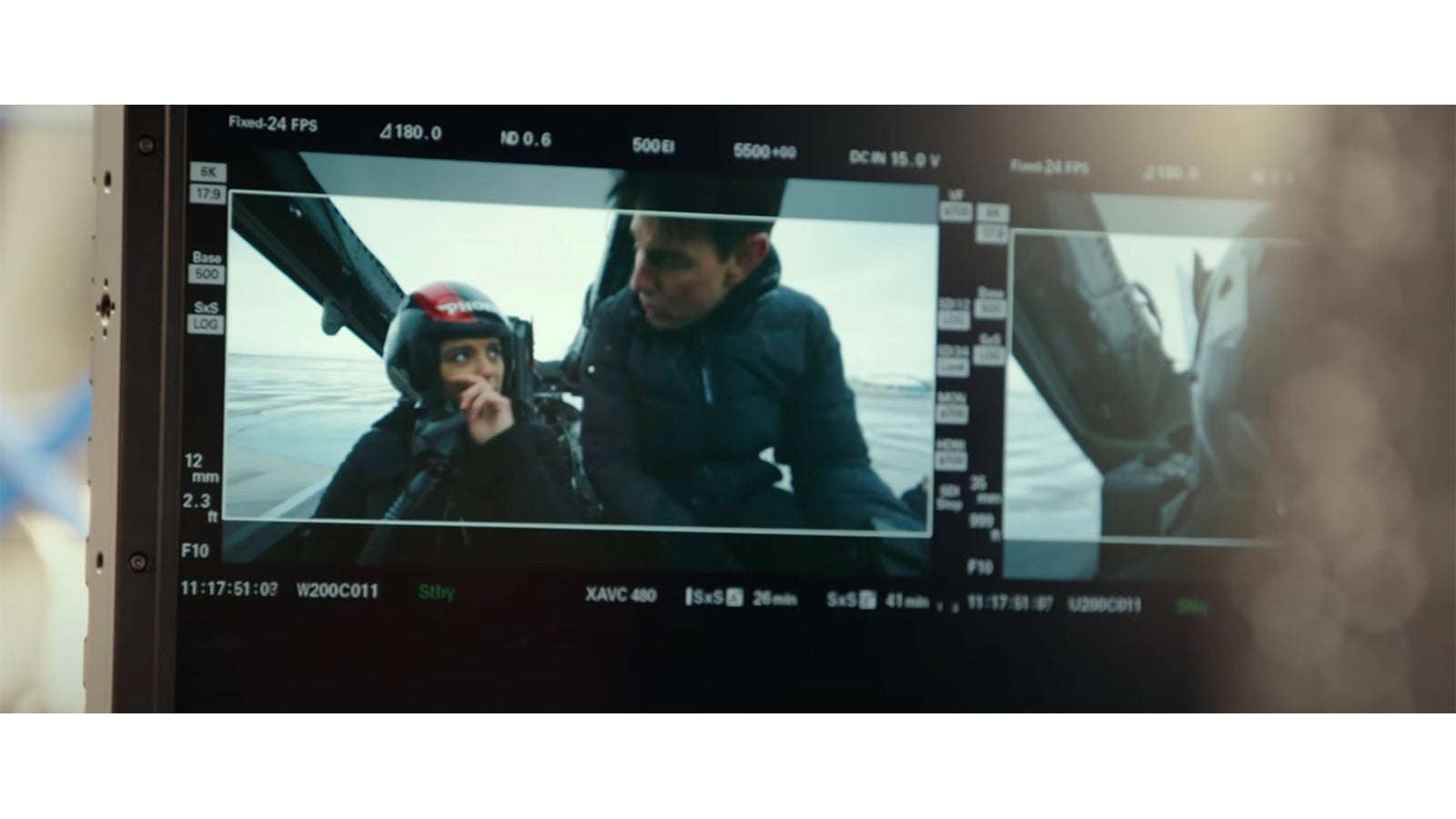
Monitor view of one of the VENICE cameras in the jet. Note record format of XAVC Class 480.
